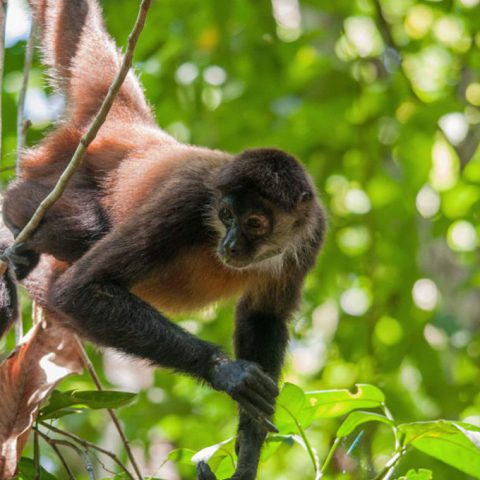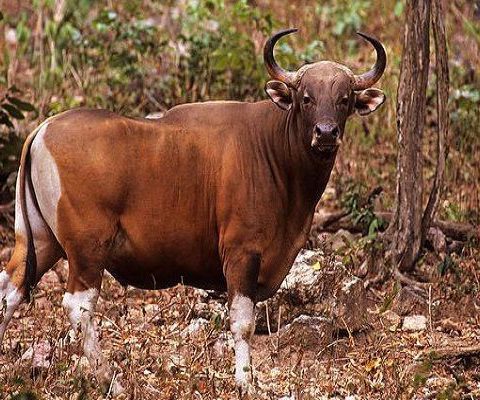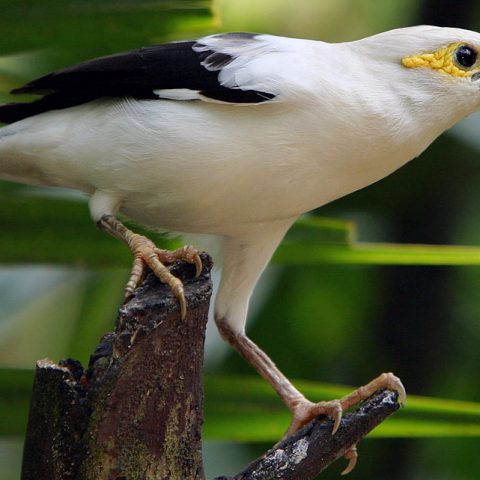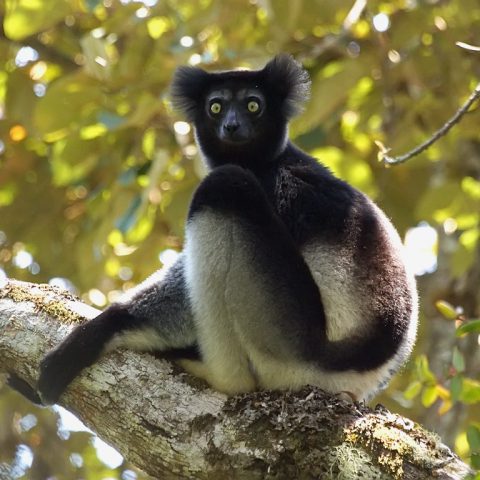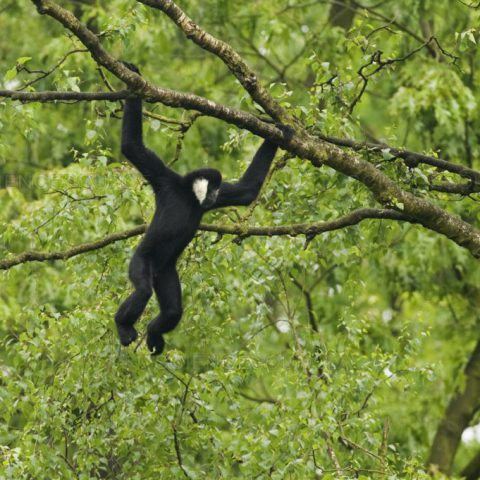Laysan Duck
![]() Critically Endangered
Critically Endangered
Population
The population of the Laysan Duck has stabilised and is estimated around 500 – 680
Size
The Laysan Duck averages from about 35 – 41 cm in size
Weight
They can weigh anything from 98 grams – 451 grams depending on their age.
Countries
United States of America (Hawaiian Islands)
Distribution
The Laysan Duck used to be found across the larger Hawaiian Islands, but due to several threats can now only be located on Laysan Island. They were also relocated from Laysan Island to Midway Atoll and Kure Atoll to reduce the risk of extinction
Description
The dark, reddish brown duck, also known as the Laysan teal, has bright purple-green feathers bordered with white on the speculum.
They have a prominent white ring of feathers around their eyes and bright orange legs and feet.
Males have a blue-green bill and females have a dull, brown-yellow bill. The male squeaks or whistles and the female quakes like a Mallard.


Quick Facts
The Laysan Duck behaviour consists of:
- The Laysan Duck has a lifespan of up to 12 years
- The Laysan Duck is non migratory and rarely fly, they prefer to walk.
- They freeze in place when they are pursued, making them easy prey for predators.
- Nest building commences from February to August, most eggs are laid between May and July. They lay 4 – 6 ivory to pale green eggs in nests built from grass, roots and down and hidden in vegetation.
- The incubation period lasts about 28 days.
The Laysan Duck are insectivorous; they primarily will search for insects at the water’s edge, but will sometimes also eat leaves and seeds.
The Laysan Duck is nocturnal and terrestrial. The ducks prefer dense vegetation near water and they use all the available habitats on Laysan Island and Midway atoll, including the upland vegetation, the wetlands, fresh water streams, the mud flats, the lake and the coastal areas. They seek cover in hot weather and will forage in the cooler night temperatures.
The Laysan Duck faces numerous threats ranging from habitat loss and degradation, non-native predators, non-native invasive plants, avian disease, storms, tsunamis, drought, climate change and a small duck population size and range.
Conservation Efforts
The Laysan Duck will always be a vulnerable species due to their limited distribution on Laysan Island. Laysan Island is part of the Hawaiian Island National Wildlife Refuge and only scientists have permission to visit the island in an effort to save the Laysan Duck from extinction.
Conservation efforts focus on maintaining the Laysan Duck population on Laysan Island and Midway Atoll and to establish populations on other islands by managing the habitat and reducing the outbreak of avian flu. Captive breeding programmes in zoo’s and farms, with exchange programmes to prevent inbreeding, has been established.



